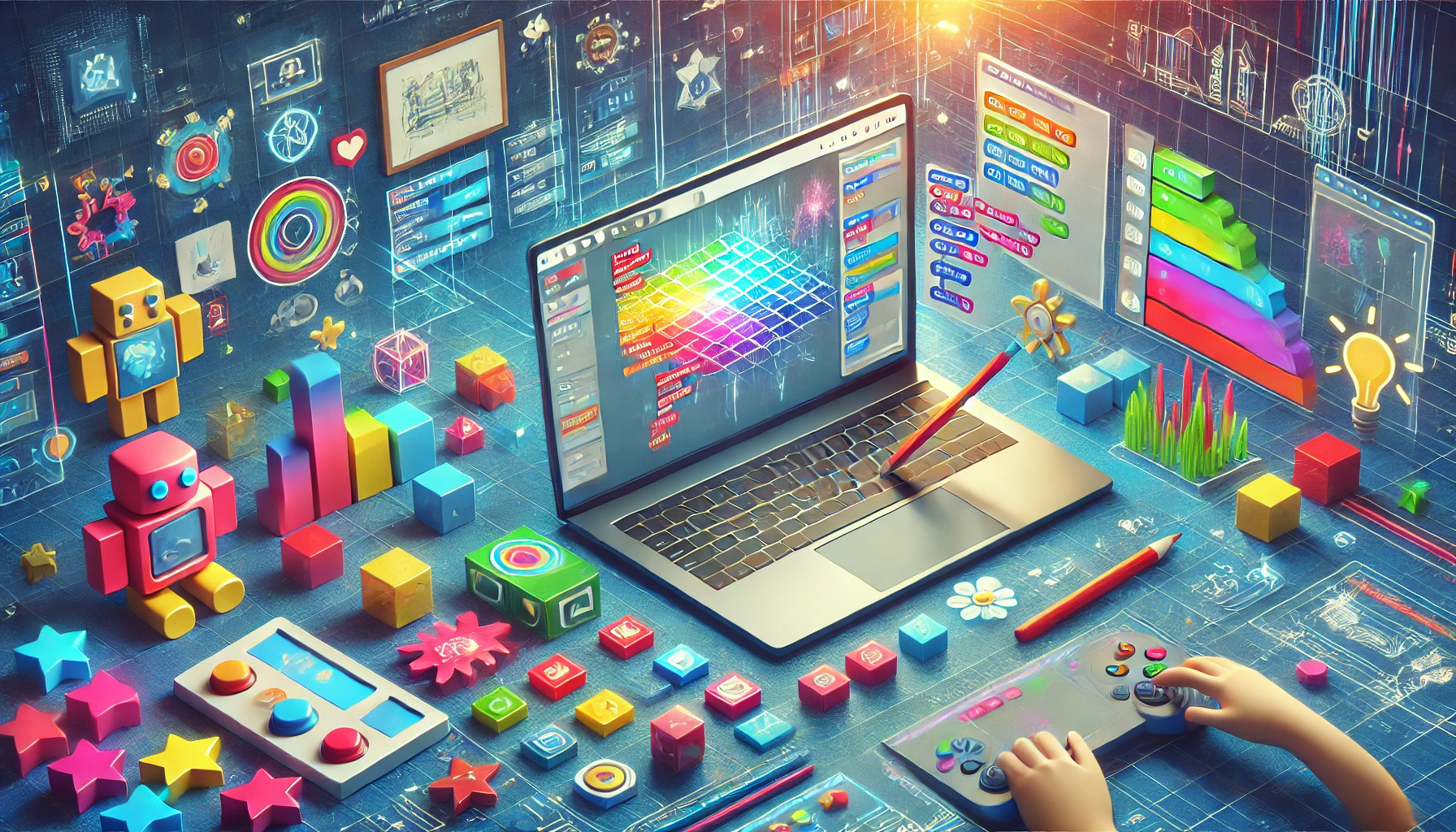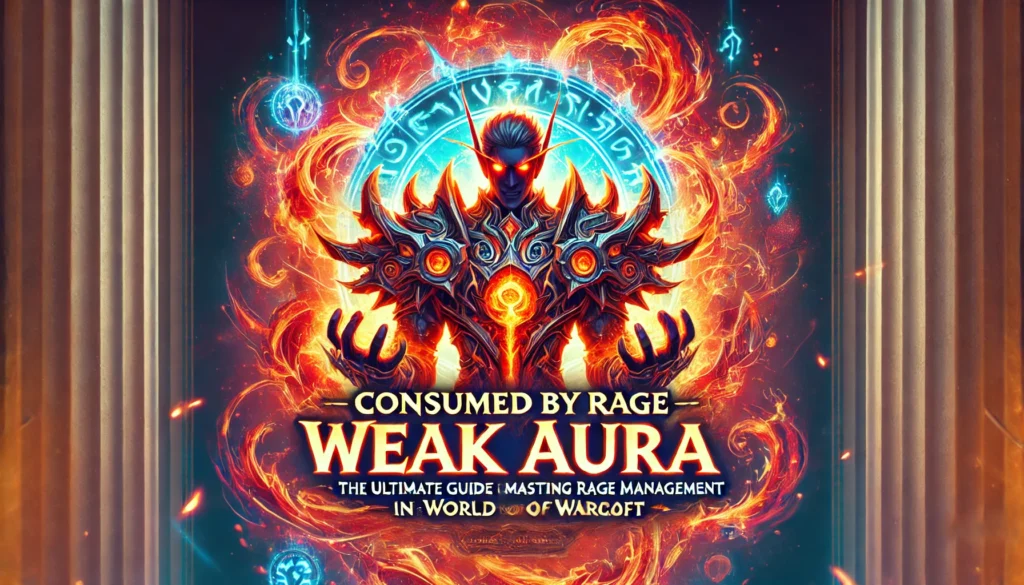Introduction
Are you interested in game development but don’t know where to start? game:2uagmwejvg4= scratch is the perfect tool for both beginners and experienced developers who want to explore game creation in a fun and accessible way. This visual programming platform is designed to make coding easy, intuitive, and exciting. Whether you’re creating games for education, fun, or exploring programming as a career path, this guide will help you unlock the full potential of it.
What is game:2uagmwejvg4= scratch?
game:2uagmwejvg4= scratch is built on the Scratch visual programming environment, developed by MIT’s Lifelong Kindergarten Group. It uses a drag-and-drop interface, where users can snap together colorful coding blocks to create interactive games, animations, and stories. The platform eliminates the complexity of syntax-based programming, making it ideal for those just starting their coding journey. With this tool, you can visualize how your code works in real-time, allowing you to learn by doing and experiment freely.
Why Choose game:2uagmwejvg4= scratch?
There are several compelling reasons why game:2uagmwejvg4= scratch stands out from other game development tools:
- User-Friendly Interface: No prior coding knowledge is required. The visual programming blocks are easy to understand, making coding accessible to users of all ages.
- Creative Flexibility: Whether you want to design characters, build storylines, or create game mechanics, game:2uagmwejvg4= scratch allows you to bring your ideas to life in a fun and interactive way.
- Global Community: Share your projects, get feedback, and learn from others in a large, active community of developers.
- Educational Impact: It promotes critical thinking, problem-solving, and computational thinking, all while making learning enjoyable.
How to Get Started with game:2uagmwejvg4= scratch
Getting started with game:2uagmwejvg4= scratch is simple. Follow these steps:
- Create an Account: Go to the Scratch website and sign up for free. This allows you to save and share your projects with the community.
- Explore the Interface: Familiarize yourself with the different elements like sprites (characters), backdrops (backgrounds), and coding blocks. The interface is divided into sections like motion, sound, and control.
- Start a New Project: Either search for game:2uagmwejvg4= scratch in the Scratch library or create a project from scratch. Experiment with the drag-and-drop blocks to see how different commands work.
Once you’re comfortable with the interface, you can dive into creating your first game.
Designing Your First Game with game:2uagmwejvg4= scratch
Before you start coding, it’s essential to define the concept of your game. Ask yourself a few questions:
- What type of game will it be? (e.g., platformer, puzzle, simulation)
- What is the goal of the game?
- Who is the main character, and what challenges will they face?
Once you’ve outlined the basic concept, you can start building the game. Use the following steps:
- Choose Your Sprites and Backdrops: Sprites are the objects or characters in your game, and backdrops are the background scenes. Scratch provides a library, but you can also create custom sprites and backdrops to match your vision.
- Program Movement and Interactions: Use motion blocks to control how your character moves and control blocks to determine how they interact with the game world (e.g., collecting items or avoiding obstacles).
- Add Game Mechanics: Create variables to track things like player score or levels. You can also use loops and conditionals to add complexity to your game.
Exploring Advanced Features
game:2uagmwejvg4= scratch is not just for beginners. Once you’ve mastered the basics, you can explore more advanced features like:
- Variables and Lists: These allow you to store and manipulate data, making your game more dynamic. For example, you can use variables to track the player’s score or health.
- Broadcast Messages: These are used to communicate between different parts of your game. For example, when the player completes a level, you can broadcast a message to start the next level.
- Cloning Sprites: You can duplicate sprites to create multiple enemies or objects, adding complexity to the game without needing to code each element separately.
These advanced features give you the flexibility to make your games more engaging and complex as you grow more comfortable with the platform.
Real-Life Applications of game:2uagmwejvg4= scratch Beyond Games
While game:2uagmwejvg4= scratch is excellent for game development, it has many other applications. Teachers and students use it to create interactive stories, animations, and educational projects. Schools often integrate Scratch into their curriculum to teach subjects like math, science, and storytelling through creative coding projects. Beyond education, game:2uagmwejvg4= scratch can also be used to prototype interactive presentations or multimedia projects.
Success Stories: Inspiring Projects Created with game:2uagmwejvg4= scratch
Many developers have used game:2uagmwejvg4= scratch to create exciting and educational games:
- Adventure Quest: A platform game where the player has to jump, collect coins, and avoid enemies to reach the end of the level.
- Math Whiz: A game designed to help children practice math by solving arithmetic problems in a fun and interactive way.
- Escape Room Puzzle: A logic-based puzzle game where players must solve clues to escape from a virtual room.
These examples demonstrate how versatile the platform is and how it can be used to create anything from educational tools to full-fledged games.
Troubleshooting Common Challenges
While game:2uagmwejvg4= scratch is designed to be beginner-friendly, you may still encounter some challenges:
- Complex Code Logic: If your game becomes too complex, break it down into smaller pieces and use Scratch’s “broadcast” feature to manage events.
- Debugging Issues: Use Scratch’s “Step” tool to go through your code line-by-line and spot errors. Regularly test your game to catch bugs early.
- Balancing Difficulty: Adjust variables like speed, health, and time limits to ensure your game is challenging but not frustrating.
By anticipating these challenges, you can smooth out the development process and create a polished game.
Future Trends in game:2uagmwejvg4= scratch Development
The future of game:2uagmwejvg4= scratch looks promising. Some anticipated trends include:
- Virtual Reality (VR) and Augmented Reality (AR): Future updates may allow users to create immersive VR and AR experiences using Scratch.
- Enhanced Collaboration Tools: These will make it easier for multiple developers to work on the same project in real-time.
- More Educational Resources: New tutorials and resources may be integrated, making it easier for educators to use Scratch as a teaching tool.
By staying updated with these trends, you can ensure that you’re using game:2uagmwejvg4= scratch to its full potential.
Conclusion
game:2uagmwejvg4= scratch is more than just a game development tool—it’s a gateway to creativity, learning, and innovation. Whether you’re a beginner just starting out or an experienced developer looking for a new way to experiment, this platform offers endless possibilities. With its user-friendly interface, supportive community, and advanced features, you can bring your ideas to life in exciting and interactive ways. Start exploring game:2uagmwejvg4= scratch today and unlock your potential in the world of game development.
By following this guide, you’ll be well-equipped to create engaging, educational, and entertaining games that captivate players and showcase your creativity. Dive in and let your imagination take the lead!


